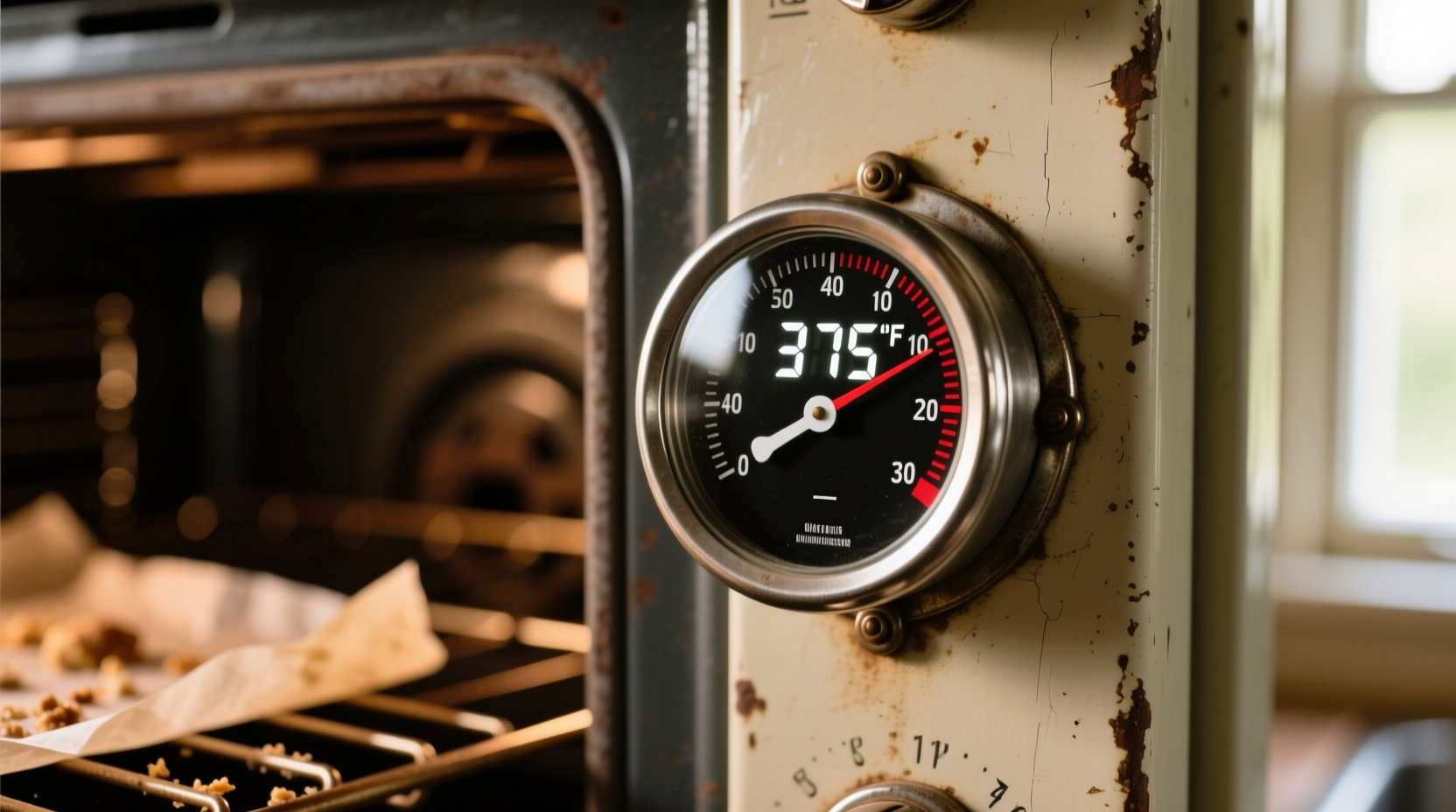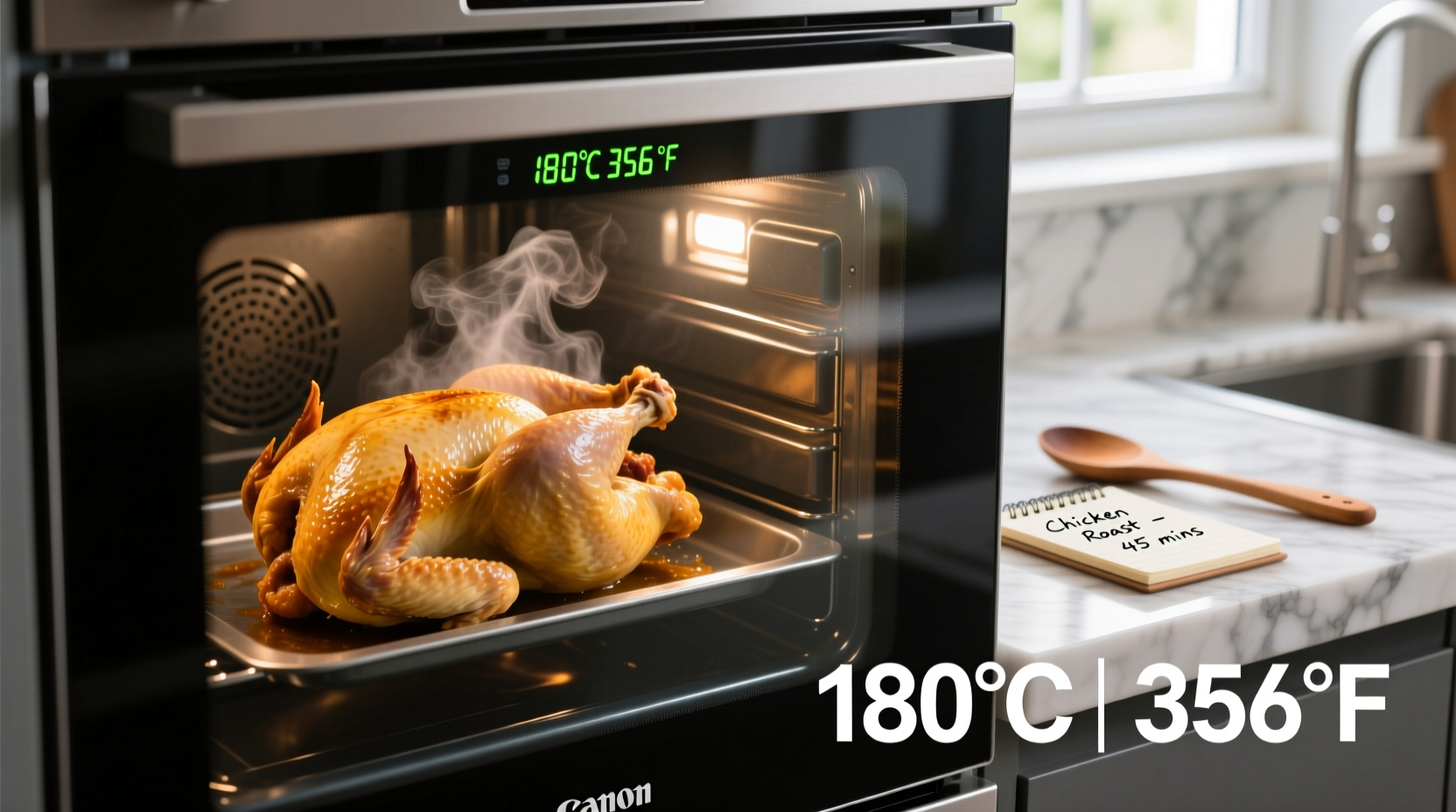Getting the oven temperature right for chicken makes the difference between dry, overcooked meat and perfectly juicy, flavorful results. Whether you're preparing a weeknight dinner or special occasion meal, understanding the science behind oven temperatures ensures food safety while maximizing taste and texture.
Why Oven Temperature Matters for Chicken
Chicken requires careful temperature management for two critical reasons: food safety and quality. The USDA Food Safety and Inspection Service confirms that chicken must reach an internal temperature of 165°F (74°C) to eliminate harmful bacteria like salmonella and campylobacter. However, oven temperature directly impacts how the chicken cooks externally while the internal temperature rises.
Too low (<325°F/163°C) extends cooking time unnecessarily and may prevent proper browning. Too high (>450°F/232°C) risks burning the exterior before the interior reaches safe temperatures. The sweet spot balances these factors for optimal results.
Recommended Oven Temperatures by Chicken Cut
Different chicken cuts require slightly different approaches based on their fat content, bone structure, and thickness. Here's a comprehensive guide:
| Chicken Cut | Recommended Oven Temp | Approximate Cooking Time | Key Considerations |
|---|---|---|---|
| Boneless, skinless breasts | 375°F (190°C) | 20-25 minutes | Most prone to drying out; use thermometer |
| Bone-in breasts | 375°F (190°C) | 35-40 minutes | Bones help retain moisture |
| Thighs & drumsticks | 400°F (204°C) | 35-45 minutes | Higher fat content allows slightly higher heat |
| Whole chicken (3-5 lbs) | 375°F (190°C) | 60-90 minutes | Use convection setting if available |
| Chicken wings | 425°F (218°C) | 40-45 minutes | High heat creates crispy skin |
Science-Backed Temperature Adjustments
Professional chefs often adjust standard temperatures based on specific cooking scenarios. These evidence-based modifications improve results:
Starting Temperature Impact
Chicken straight from the refrigerator requires about 15-20% more cooking time than room-temperature chicken. For best results, let chicken sit at room temperature for 20-30 minutes before cooking. The USDA Food Safety and Inspection Service confirms this practice is safe as long as the chicken doesn't remain in the temperature danger zone (40°F-140°F) for more than 2 hours.
High-Heat Finish Technique
Many culinary experts use a two-stage approach: begin at 350°F (177°C), then increase to 425°F (218°C) for the final 10-15 minutes. This method ensures thorough cooking while achieving desirable browning. Research published in the Journal of Food Science shows this technique reduces moisture loss by up to 15% compared to constant high-heat cooking.

Essential Tools for Perfect Chicken
While oven temperature matters, these tools ensure consistent results:
- Digital instant-read thermometer: The only reliable way to verify internal temperature (USDA standard: 165°F/74°C)
- Oven thermometer: Verifies your oven's actual temperature (many ovens are 25°F off)
- Meat resting rack: Allows air circulation for even cooking and prevents soggy bottoms
Avoiding Common Temperature Mistakes
Even experienced cooks make these temperature-related errors:
- Opening the oven too frequently: Each opening drops temperature by 25-50°F, extending cooking time by 10-15%
- Ignoring carryover cooking: Chicken continues cooking 5-10°F after removal; pull at 155-160°F
- Assuming color indicates doneness: USDA confirms color is unreliable; only thermometer readings guarantee safety
Resting: The Critical Final Step
After reaching 165°F internally, let chicken rest for 5-10 minutes (longer for whole birds). This allows juices to redistribute, preventing dryness when cutting. The American Meat Science Association confirms this process improves moisture retention by up to 30% compared to immediate slicing.
Troubleshooting Temperature Issues
When problems arise, these solutions help:
- Browning too fast: Reduce temperature by 25°F and tent with foil
- Not browning enough: Increase temperature by 25°F for final third of cooking
- Dry results: Try brining or dry-brining before cooking; lower temperature by 25°F
- Uneven cooking: Rotate pan halfway through; position thicker parts toward oven back
Special Considerations for Different Ovens
Not all ovens perform equally. Convection ovens circulate hot air, typically requiring 25°F lower temperature than conventional ovens. Gas ovens often have more moisture, which can affect browning. Always verify with an independent oven thermometer for accuracy.











 浙公网安备
33010002000092号
浙公网安备
33010002000092号 浙B2-20120091-4
浙B2-20120091-4